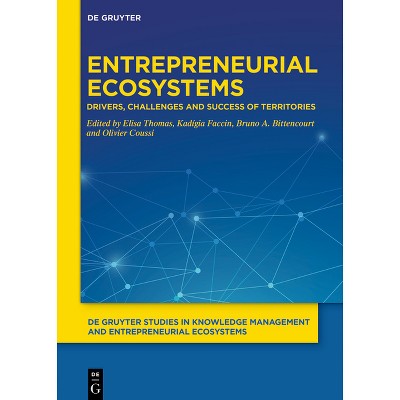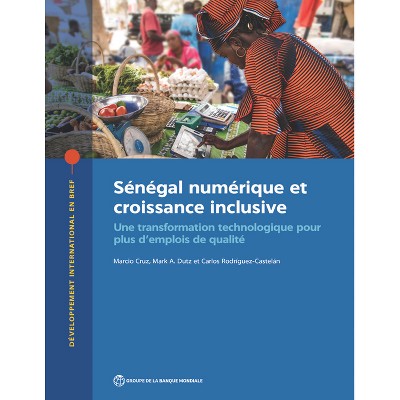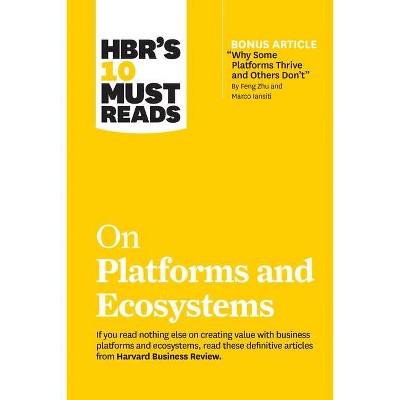Developing Entrepreneurial Ecosystems for Digital Businesses and Beyond - by Marcio Cruz & Tingting Juni Zhu (Paperback)

About this item
Highlights
- An entrepreneurial ecosystem is characterized by the structure and interactions of organizations, firms, institutions, and individuals in a specific locale that is conducive to entrepreneurship.
- About the Author: The World Bank came into formal existence in 1945 following the international ratification of the Bretton Woods agreements.
- 158 Pages
- Business + Money Management, Entrepreneurship
Description
About the Book
This toolkit provides practical resources for conducting entrepreneurial ecosystem assessments. It includes a framework, guidelines, and useful tools for performing diagnostics to inform policies supporting entrepreneurial ecosystems, including digital entrepreneurial ecosystems.
Book Synopsis
An entrepreneurial ecosystem is characterized by the structure and interactions of organizations, firms, institutions, and individuals in a specific locale that is conducive to entrepreneurship. It can be defined as a set of interdependent actors and factors that are governed in such a way that they enable productive entrepreneurship in a particular territory.
The World Bank has developed a new toolkit, Developing Entrepreneurial Ecosystems for Digital Businesses and Beyond, for entrepreneurial ecosystem assessments, including dedicated methodologies and data sets, to nurture digital entrepreneurship. This toolkit builds on the World Bank's expertise in collecting and analyzing firm-level data, assessing the quality and efficiency of policies that support innovation and small and medium enterprises, and deriving insights from spatial economics to inform subnational analysis. The toolkit consists of six modules: cross-country context analysis, assessing local entrepreneurial ecosystems, digital entrepreneurship and tech start-ups, mapping public programs and intermediary organizations, digital market regulations, and policy options to support entrepreneurial ecosystems.
About the Author
The World Bank came into formal existence in 1945 following the international ratification of the Bretton Woods agreements. It is a vital source of financial and technical assistance to developing countries around the world. The organization's activities are focused on education, health, agriculture and rural development, environmental protection, establishing and enforcing regulations, infrastructure development, governance and legal institutions development. The World Bank is made up of two unique development institutions owned by its 185 Member Countries. The International Bank for Reconstruction and Development (IBRD) focuses on middle income and creditworthy poor countries and the International Development Association (IDA), which focuses on the poorest countries in the world.
Shipping details
Return details
Trending Non-Fiction











